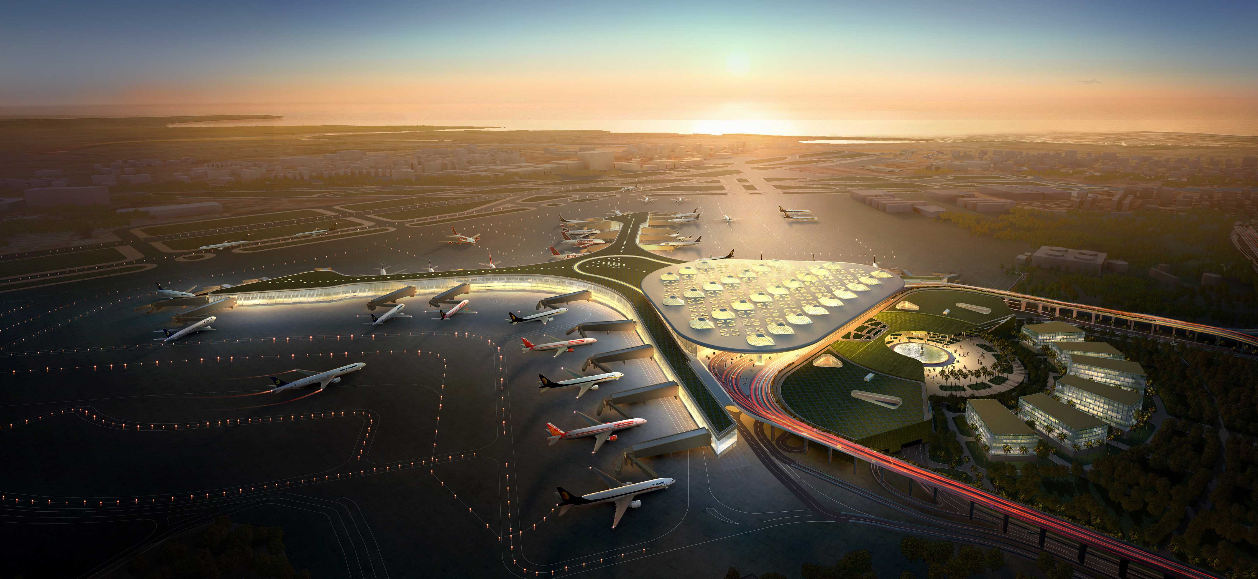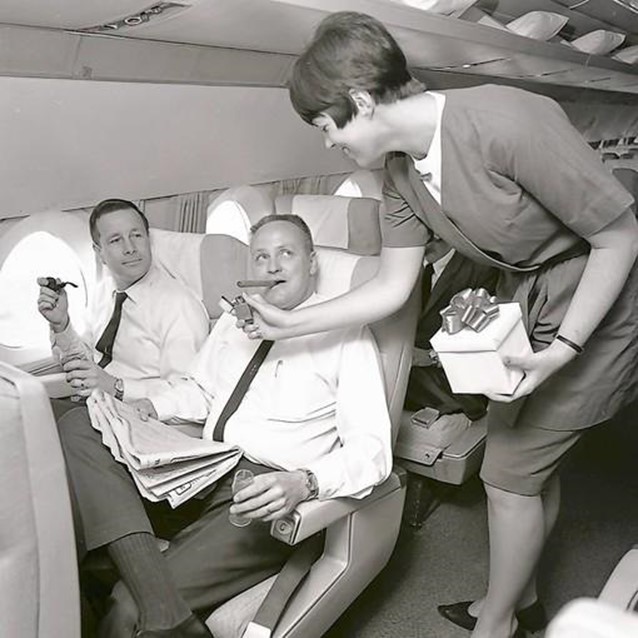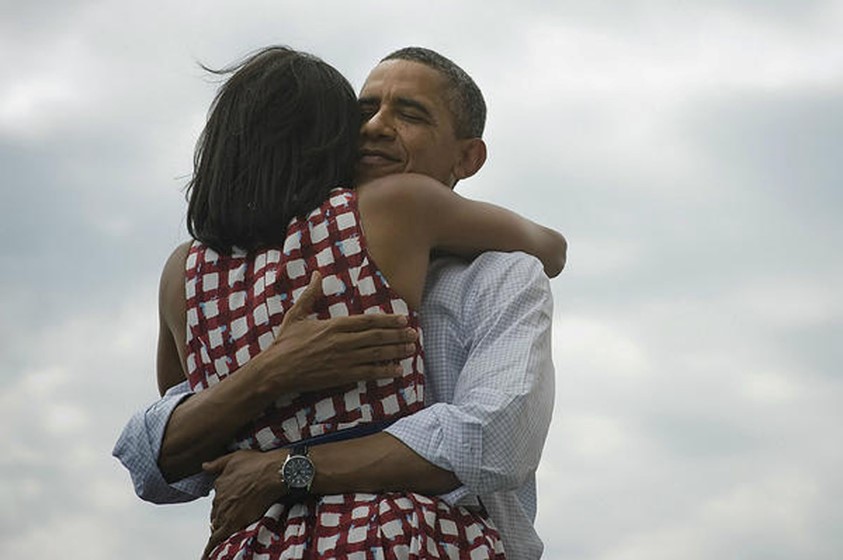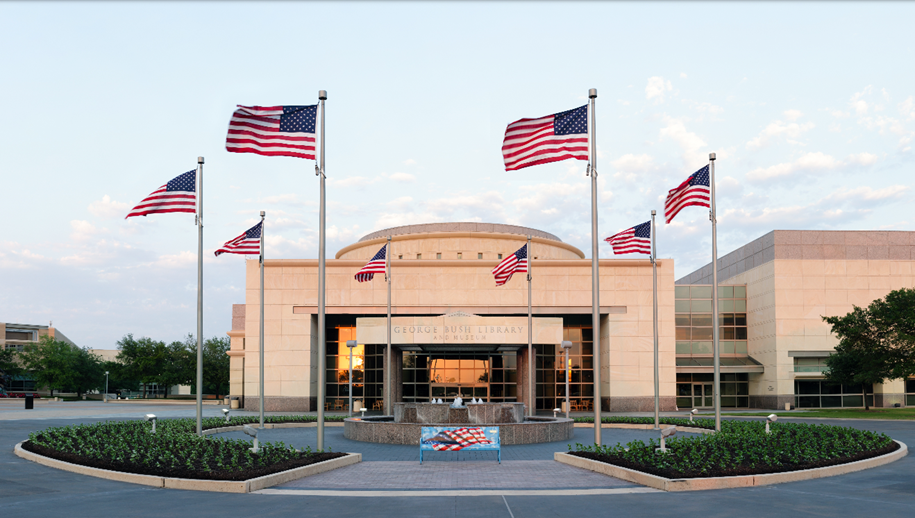The Benefits Of Having A Large Wolf Pack
June 18, 2015 in Daily Bulletin

Wolves, like humans, are social creatures. The Economist took a look at the benefits that being group oriented had for wolves:
- One would think that those who live in larger social groups are more prone to getting sick from one another.
- However studies of the wolves of Yellowstone indicated that the size of a pack didn’t affect the likelihood of getting a disease.
- Moreover those in a larger pack were more likely to survive getting a disease, possibly because other wolves could help hunt.
- The researchers also found that age matters. Having an older wolf aged six or more increased the likelihood that a pack would win a fight against a rival pack.
- The effect was large. If two equal sized packs went to war, the side that had an aged wolf would have a 150% greater chance of surviving.
- Since the average wolf lives four years, having a six year old veteran probably means that the older wolf has more tactical combat experience, shepherding its pack-mates to fight better.
Read more about the wolves here.
Source: The Economist









Join the Discussion! (No Signup Required)